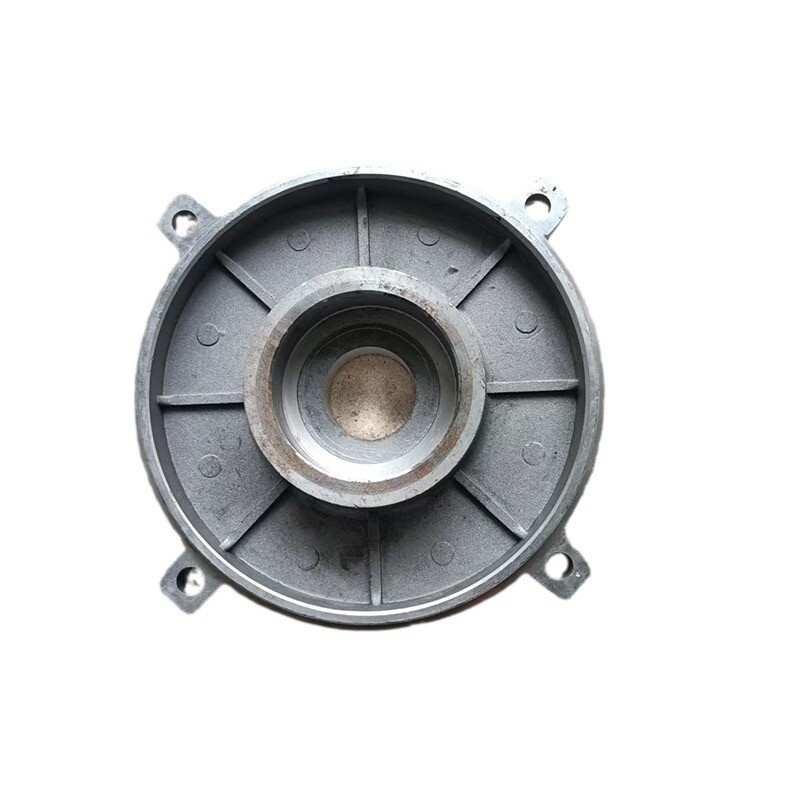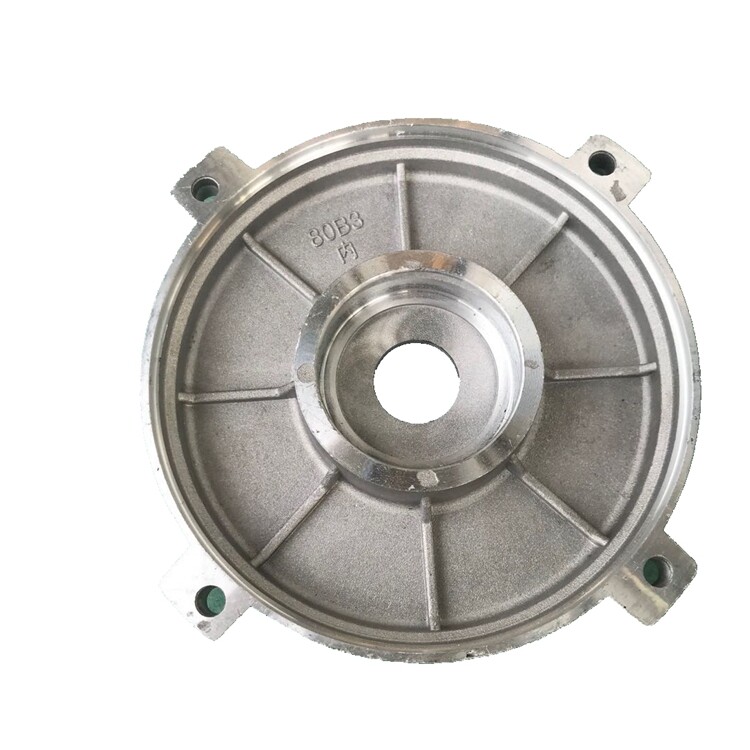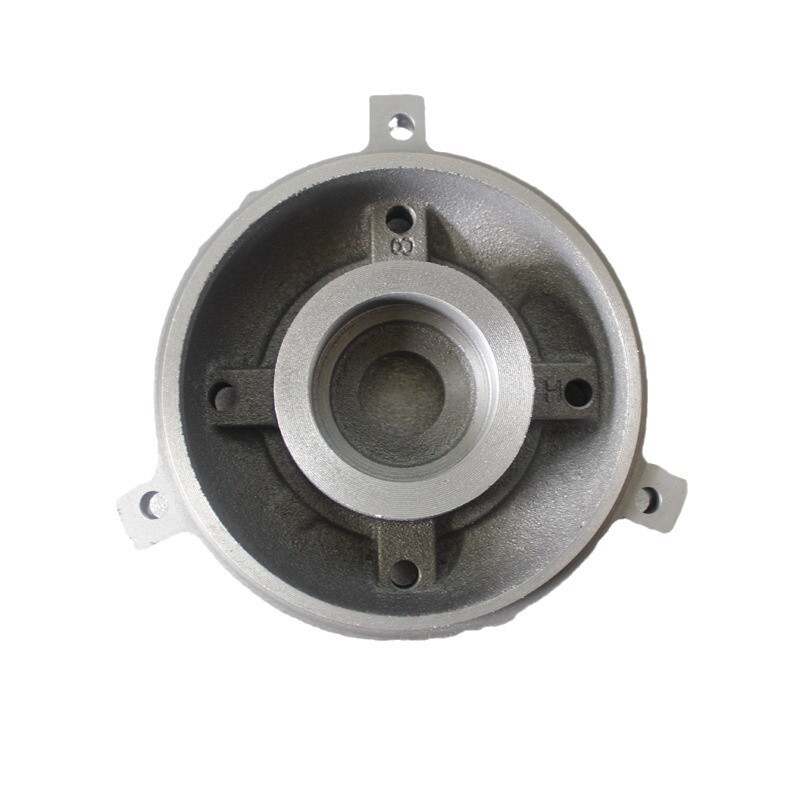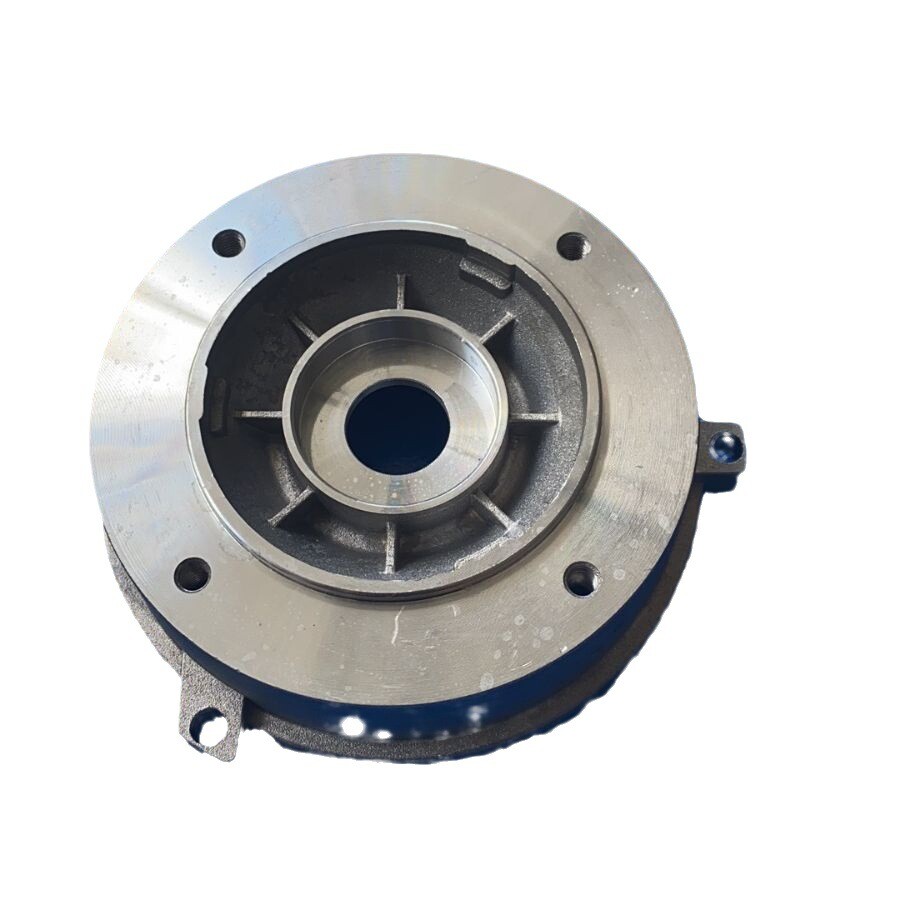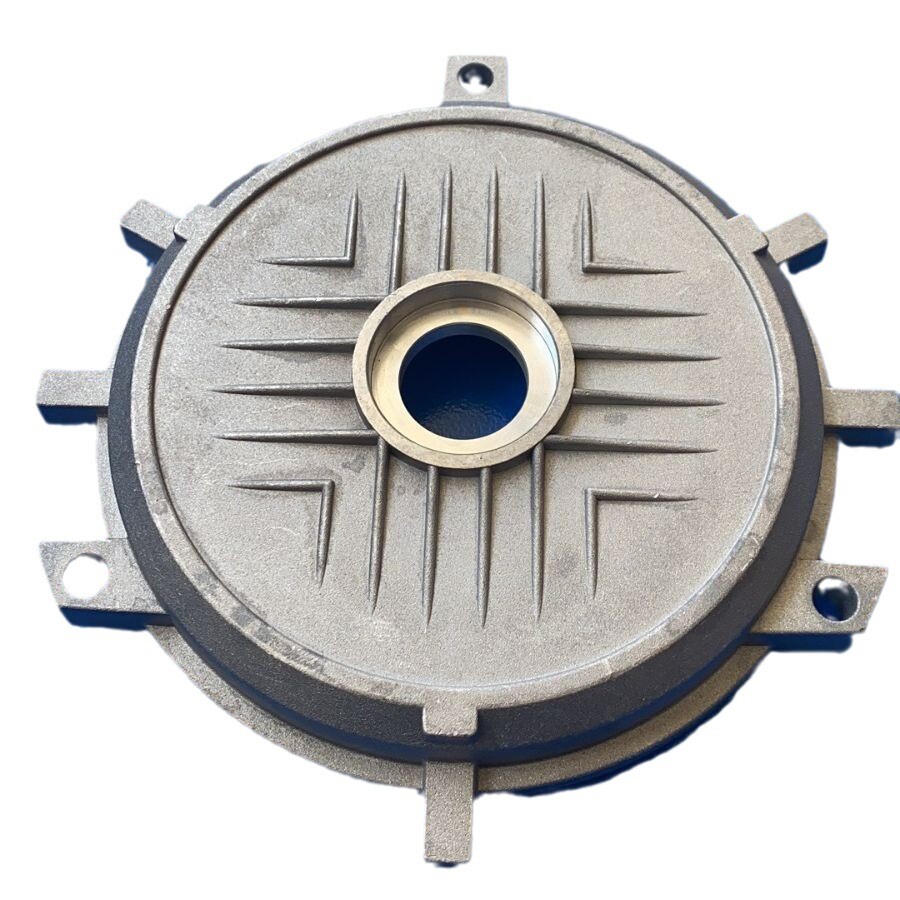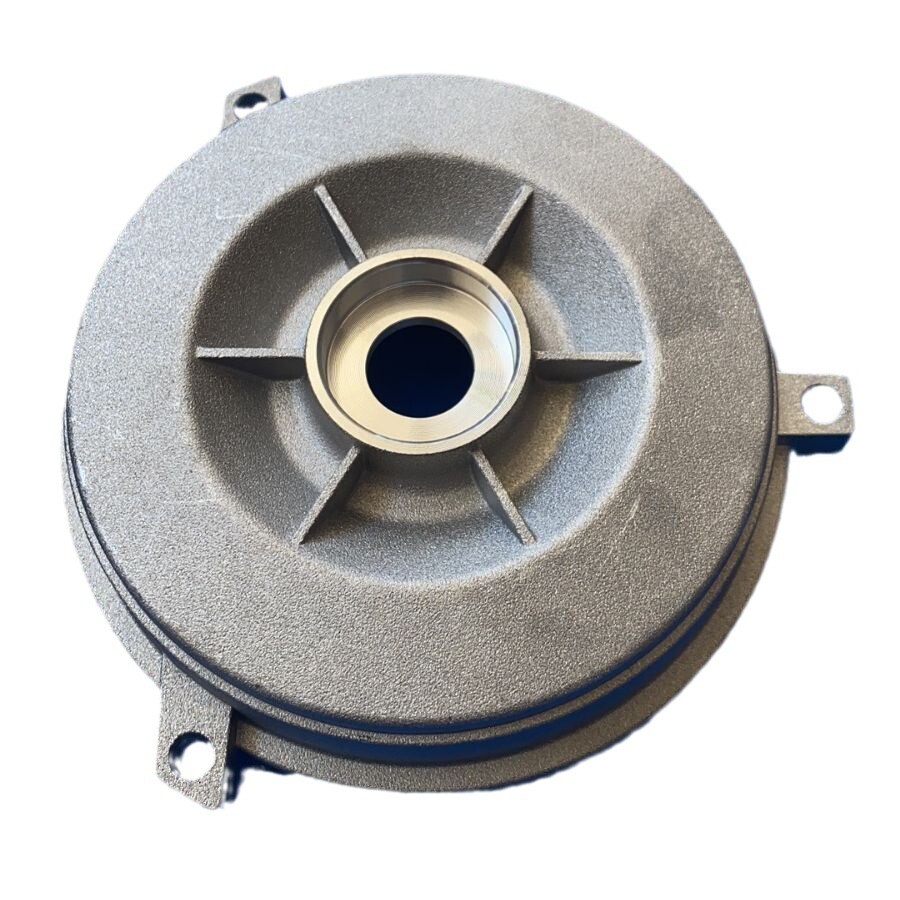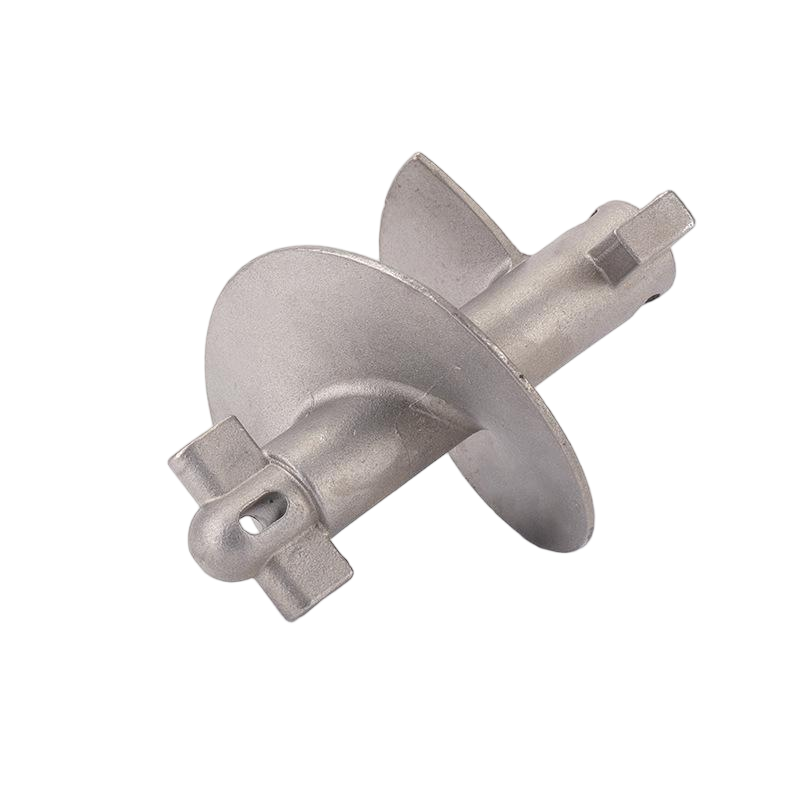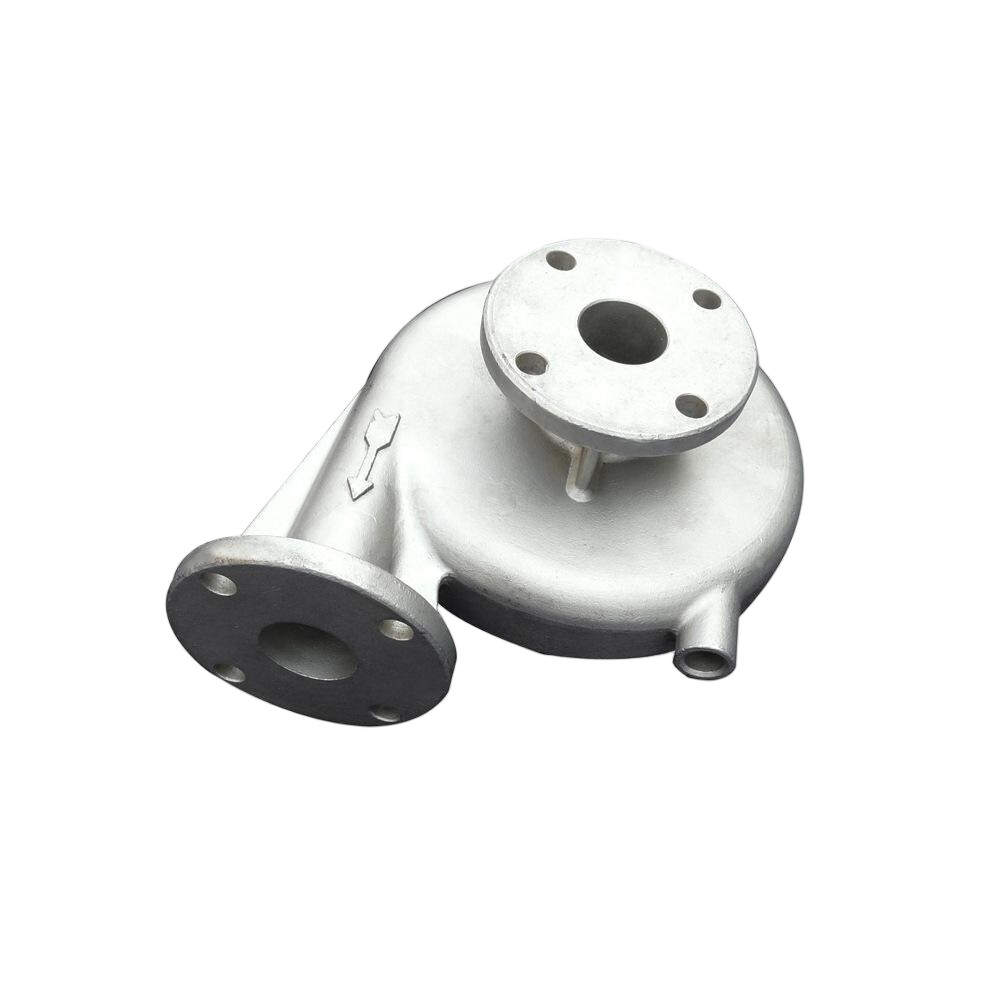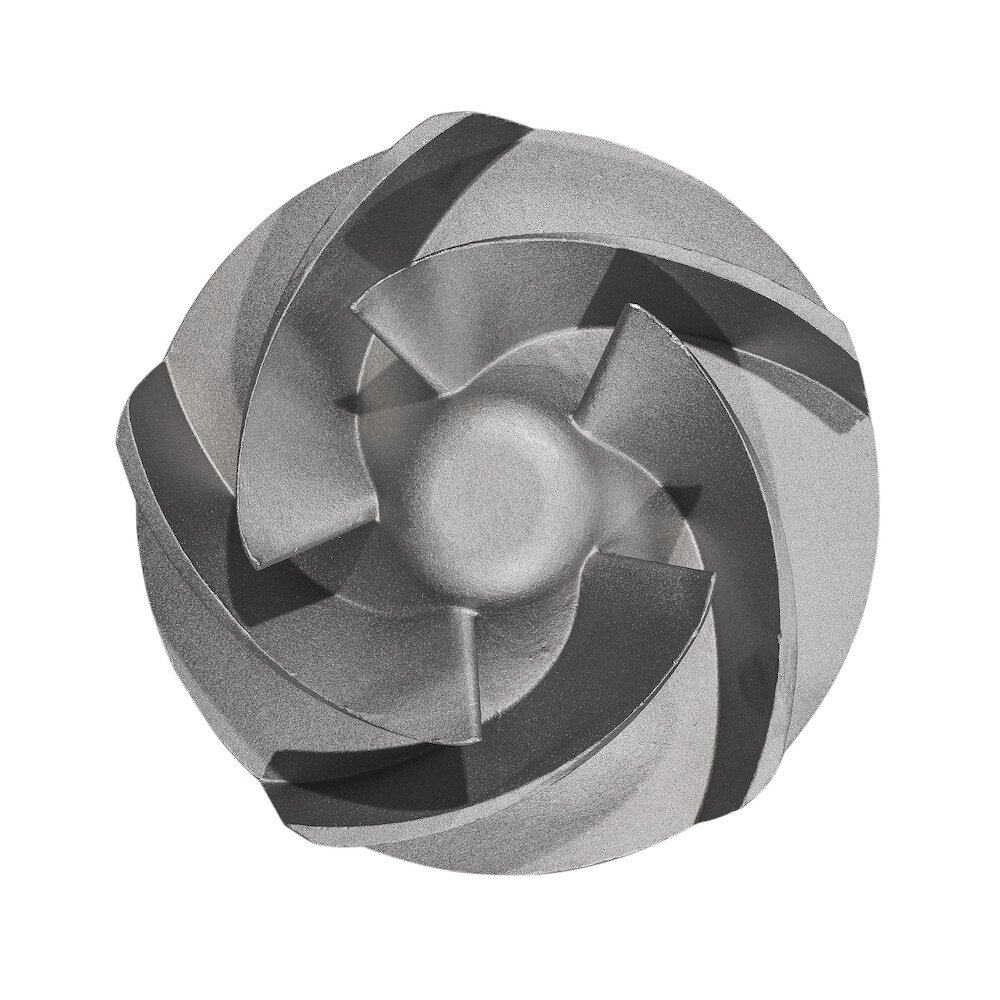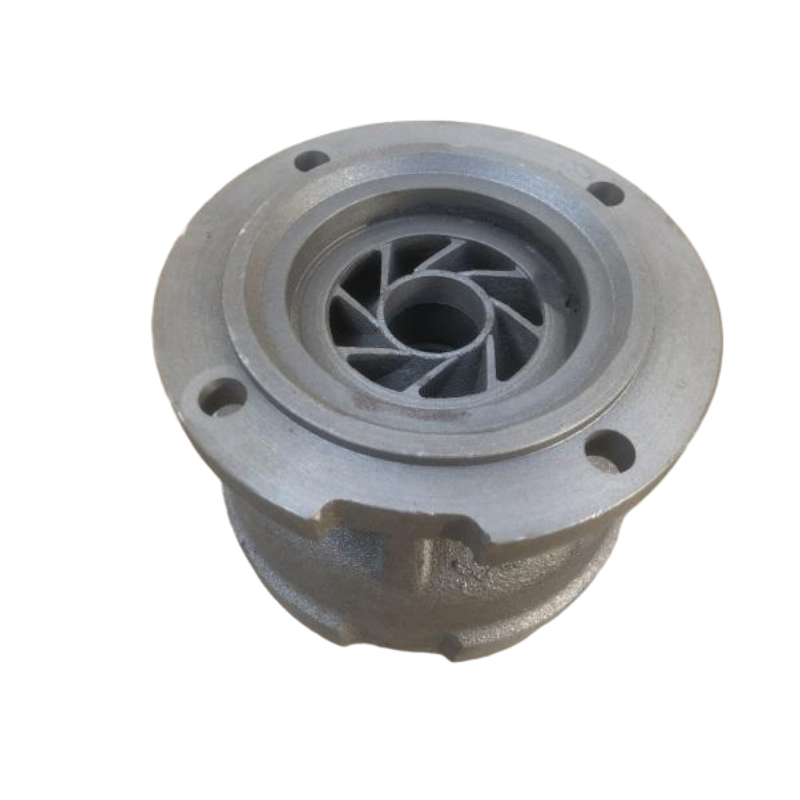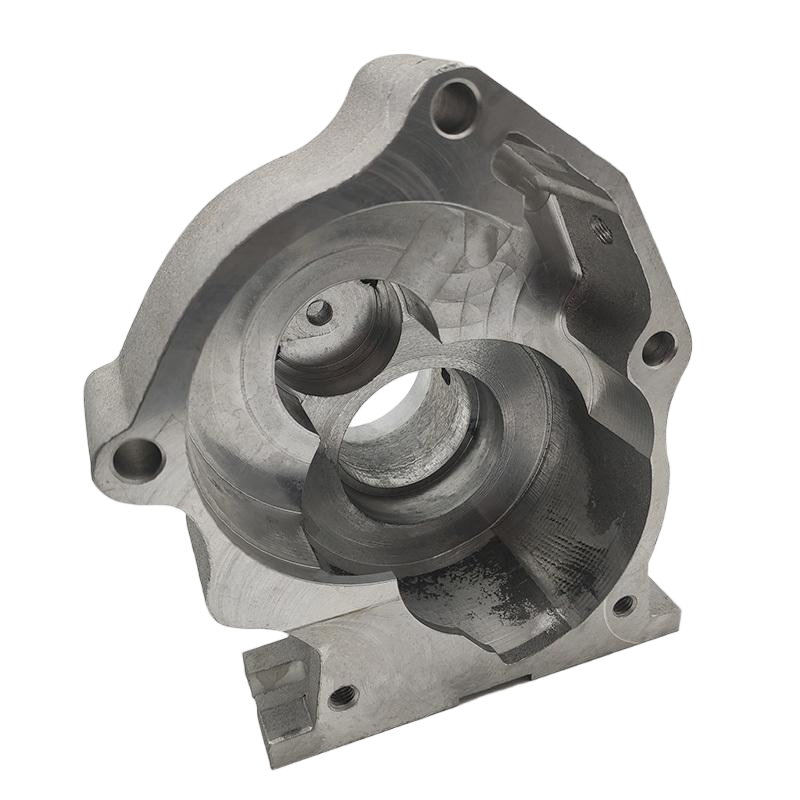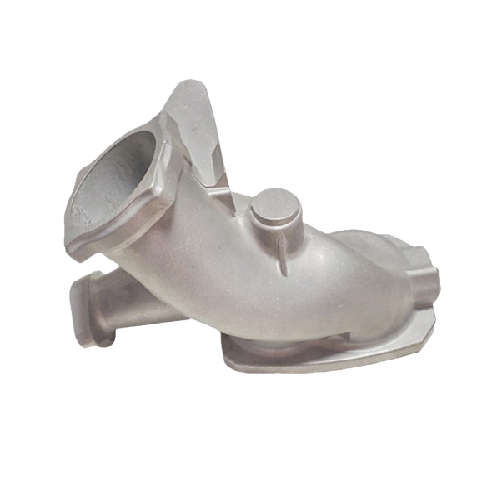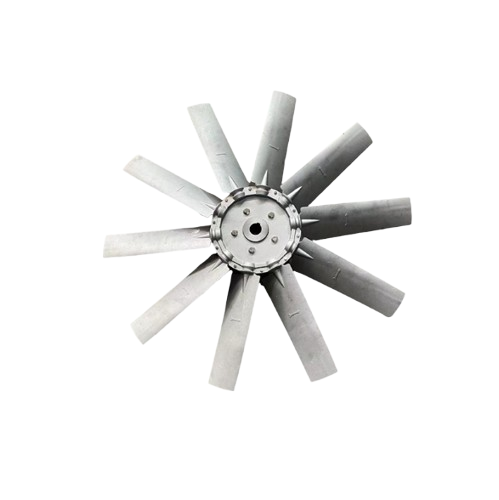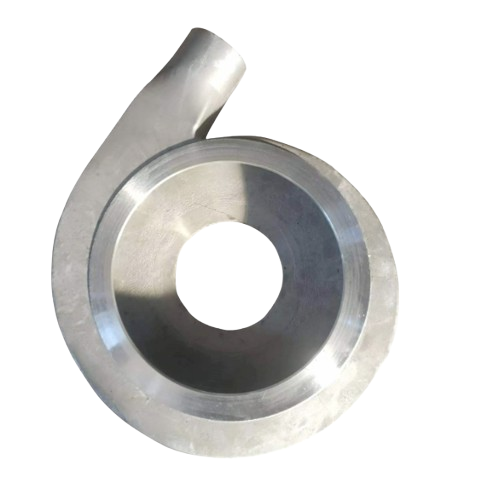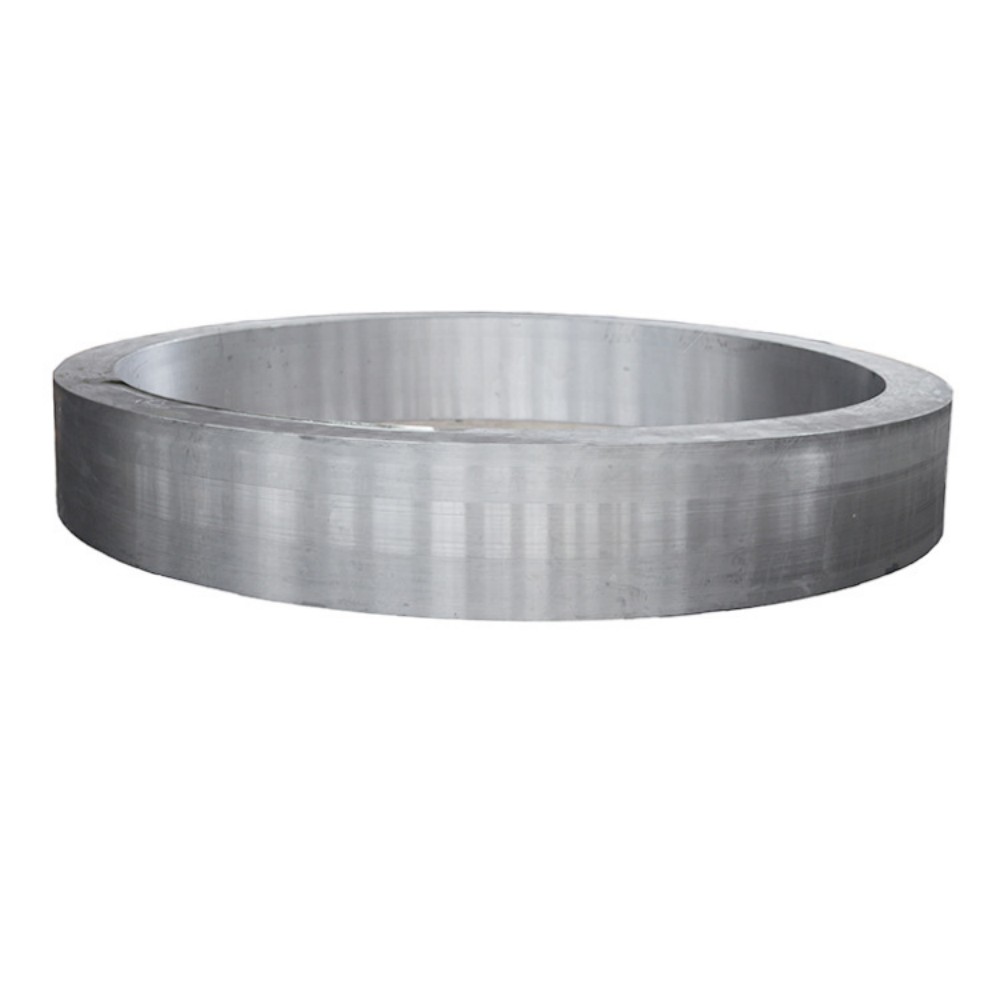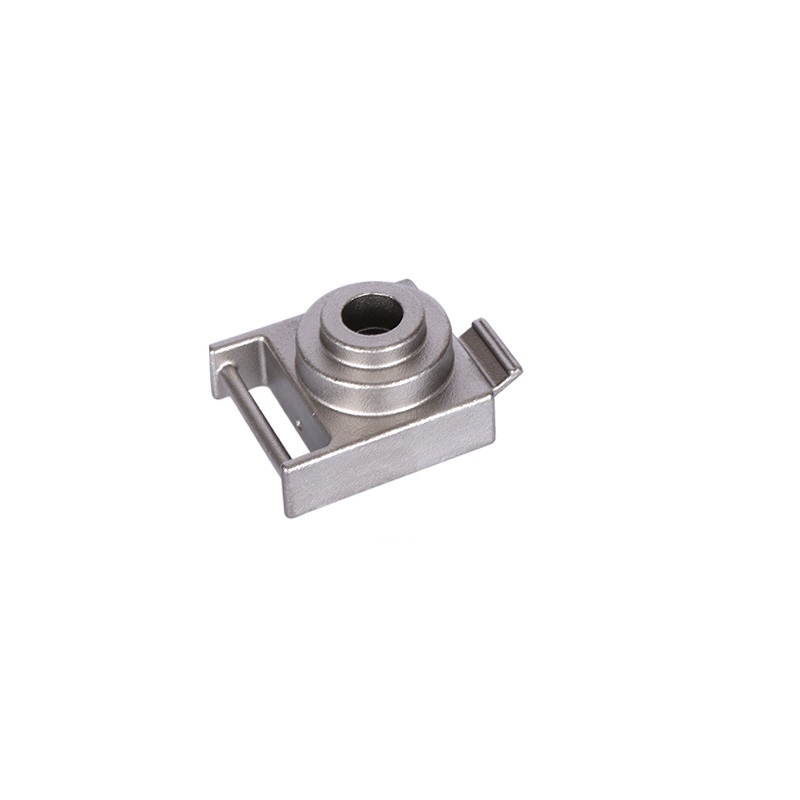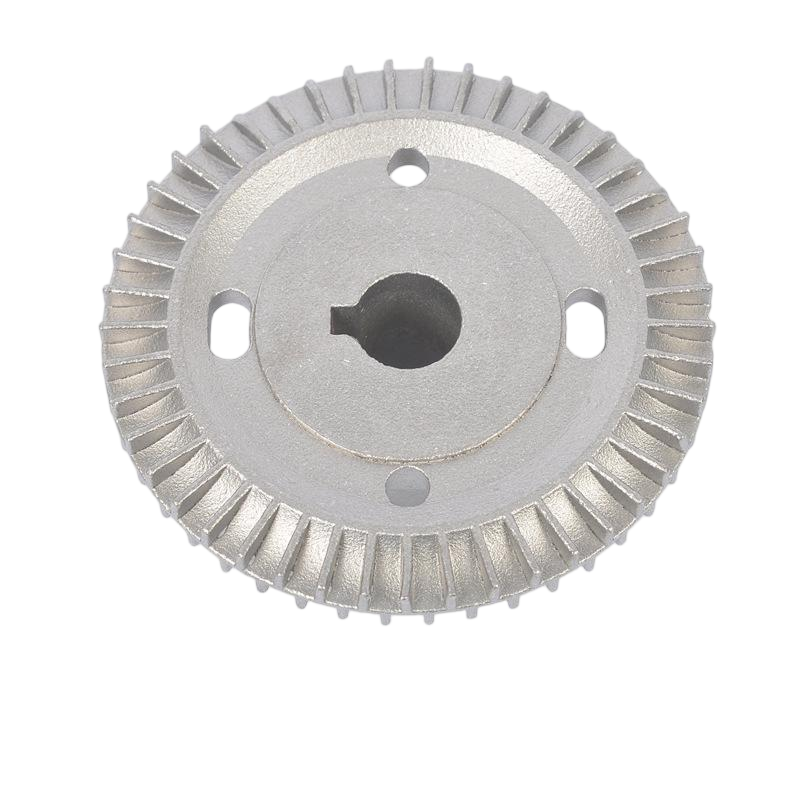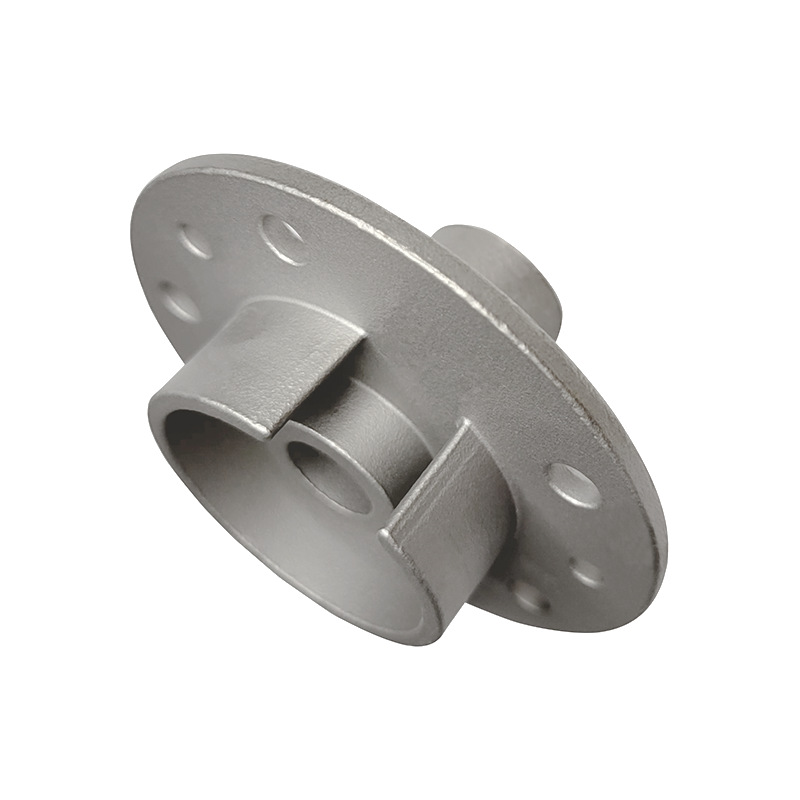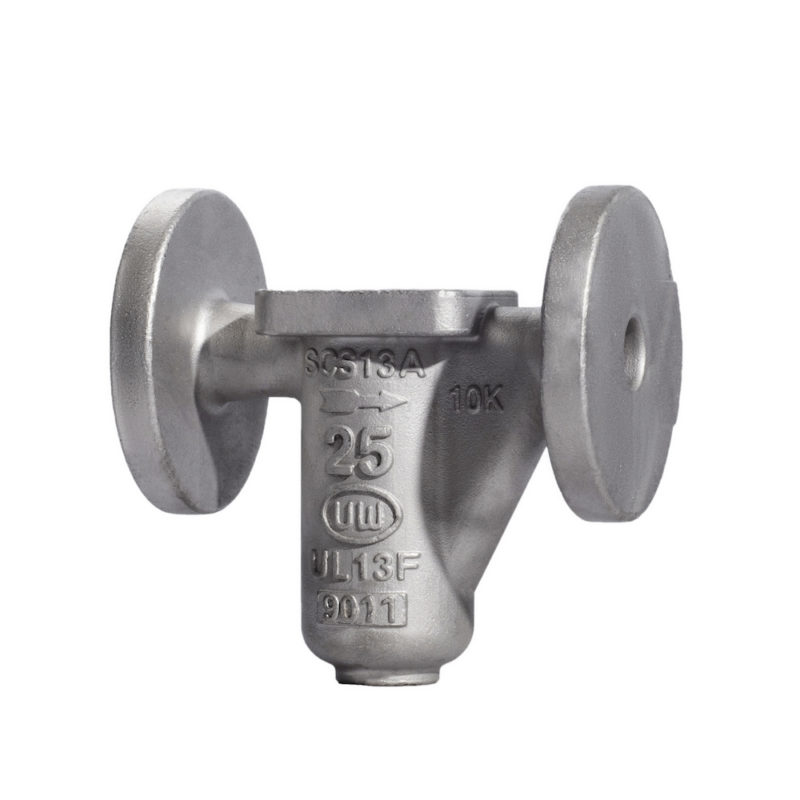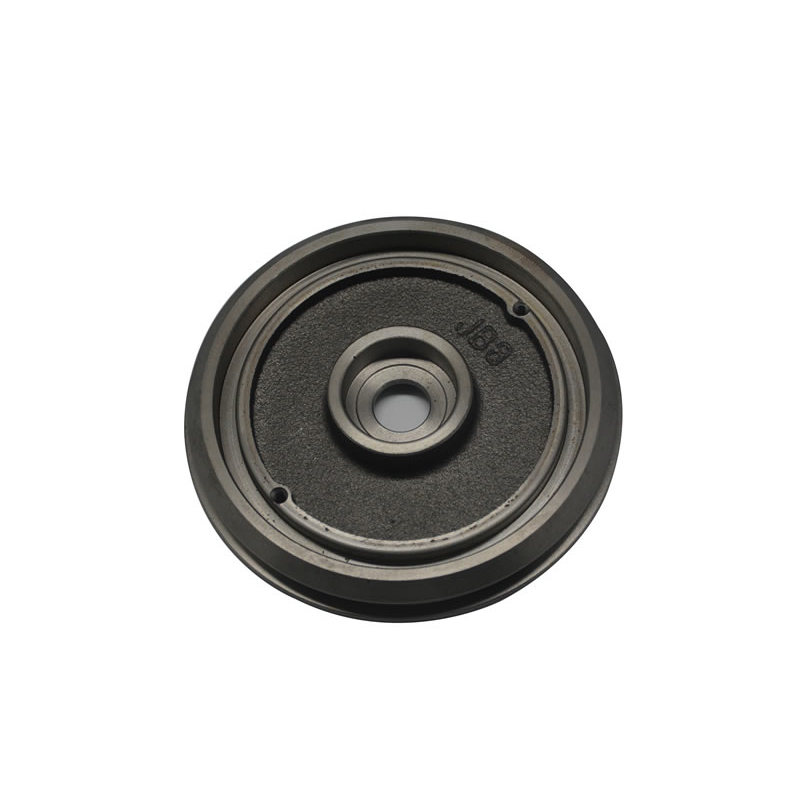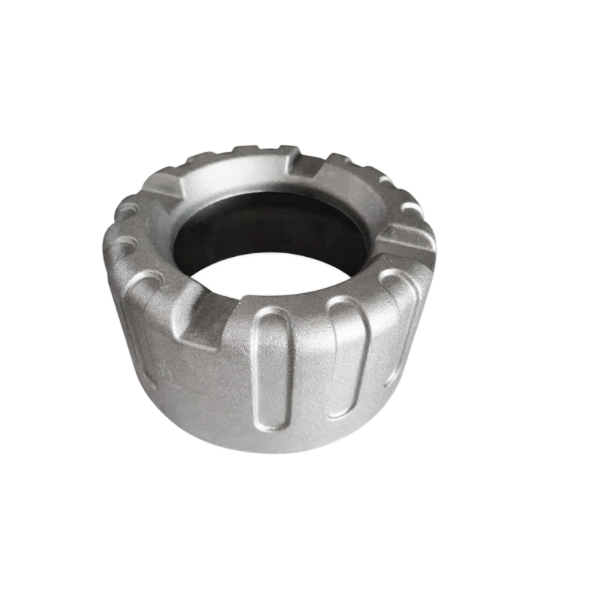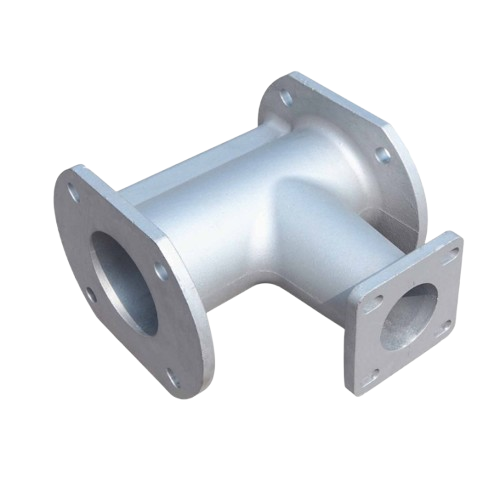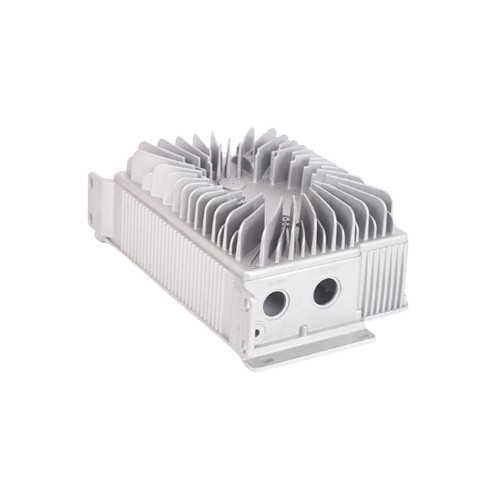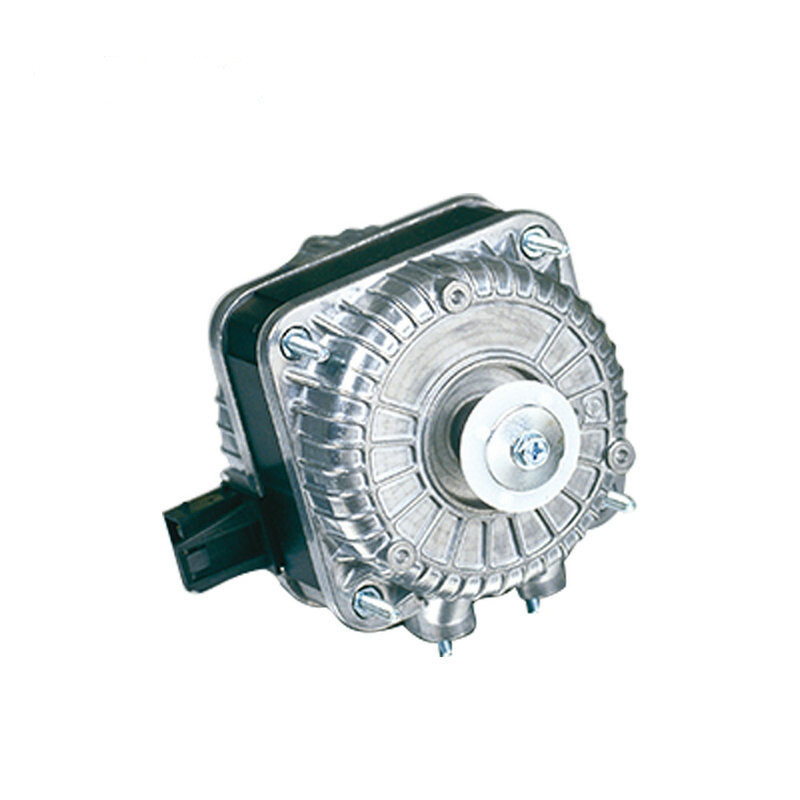Product Description
Cast Motor Housing
Introduction
A Cast Motor Housing is a crucial component in electric motors, providing a protective enclosure for internal motor parts such as the stator and rotor. Designed for durability and precision, these housings are typically made using casting processes like sand casting or die casting, ensuring that they can withstand harsh operating environments while offering excellent heat dissipation.
Key Features
Material Strength:
- Commonly made from materials like aluminum, cast iron, and steel for robust protection and durability.
Heat Dissipation:
- Designed to efficiently dissipate heat generated by the motor during operation, preventing overheating and ensuring longevity.
Precision Casting:
- Manufactured with tight tolerances to meet exact motor specifications, providing a perfect fit for motor components.
Corrosion Resistance:
- Options for corrosion-resistant materials or coatings are available for use in challenging environments.
Technical Parameters
Applications
Electric Motors:
- Cast motor housings are essential for electric motors in industrial, automotive, and household applications.
Generators:
- Protects the internal components of electric generators, ensuring stable and efficient power generation.
Pumps:
- Used in various pump systems to protect motor components and ensure reliable performance in fluid systems.
Industrial Equipment:
- Integral in machinery that relies on electric motors to function, providing both protection and thermal management.
Manufacturing Process
Casting:
- Motor housings are typically produced using processes like sand casting or die casting to create durable and complex shapes.
Machining:
- After casting, the housings are machined to achieve precise dimensions and ensure the proper fit of motor components.
Surface Treatment:
- Depending on the application, the housings can be finished with coatings like powder coating or painting for enhanced corrosion resistance and aesthetics.
Advantages
Durability:
- Cast motor housings are engineered for strength and durability, ensuring long-lasting performance under tough conditions.
Efficient Heat Dissipation:
- Designed to promote airflow and keep the motor cool, preventing overheating and extending motor life.
Customizable Designs:
- Available in various sizes and configurations to meet specific motor design needs.
Cost-Effective Production:
- Casting processes allow for the mass production of motor housings at a lower cost, making them an economical choice for manufacturers.
Conclusion
The Cast Motor Housing is a vital component in ensuring the reliability, durability, and efficiency of electric motors and related equipment. With superior material options, heat dissipation capabilities, and customization potential, our cast motor housings are designed to meet the highest industry standards. For more information or to request a custom design, please contact us.
Contact Us
For inquiries or to request a quote, please contact us

Product Display
Online Consultation
Related Suggestion
Leave A Message
If you are interested in our products and want to know more details, please leave a message here, we will reply you as soon as we can.

